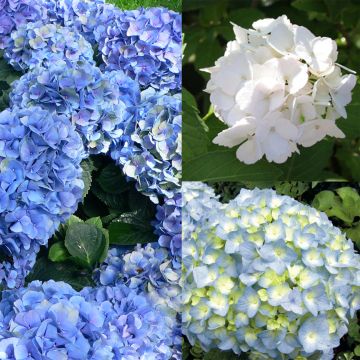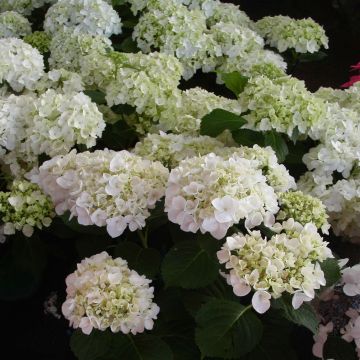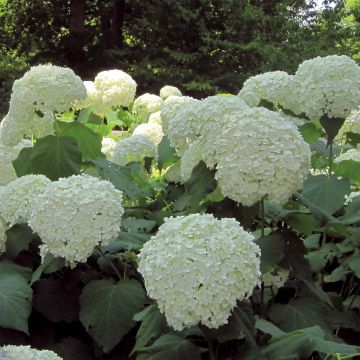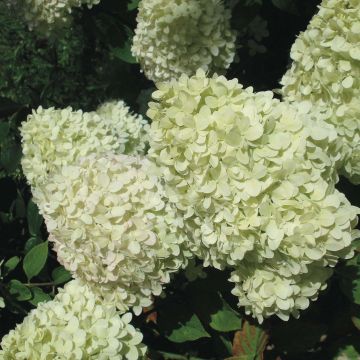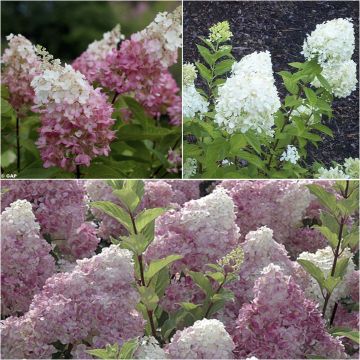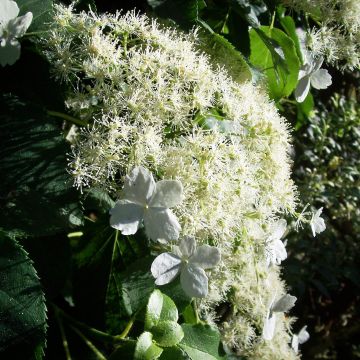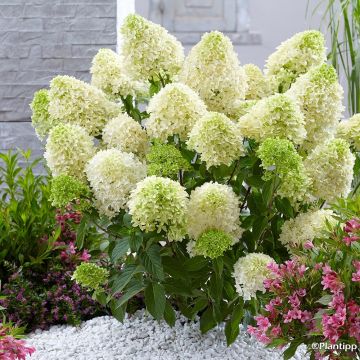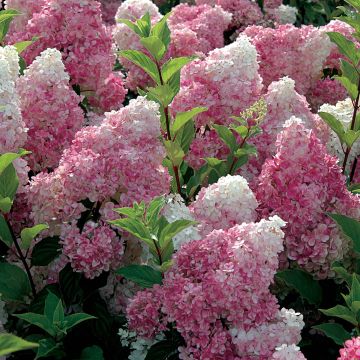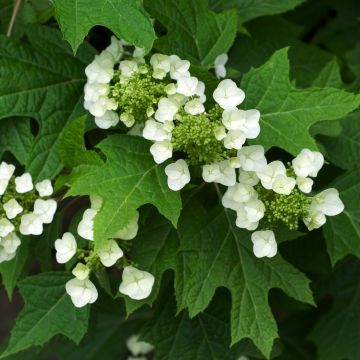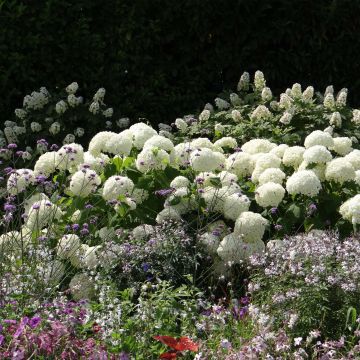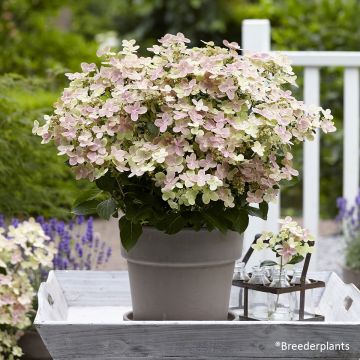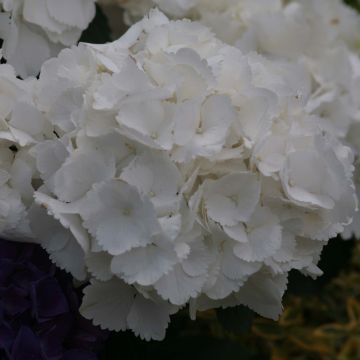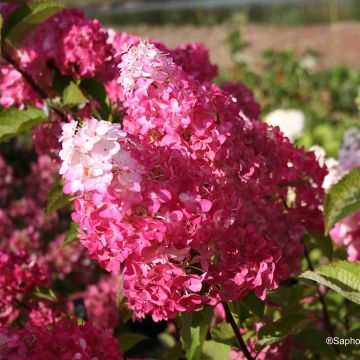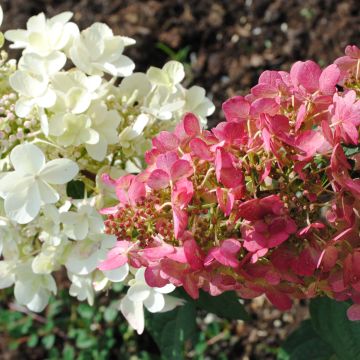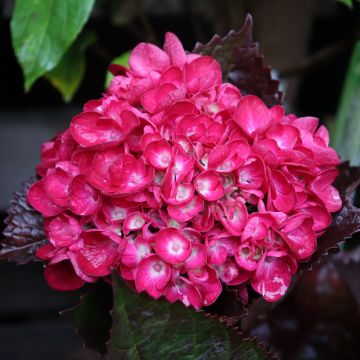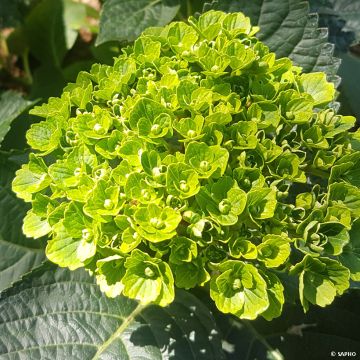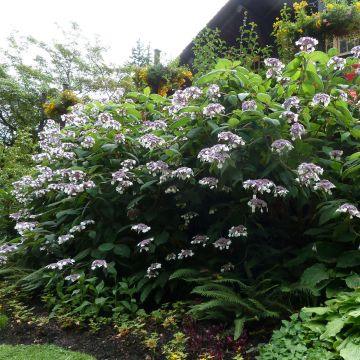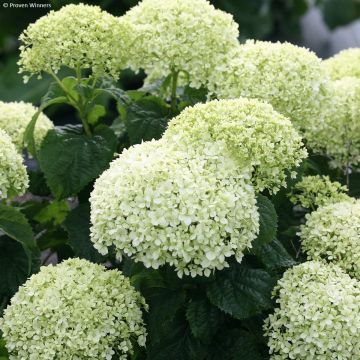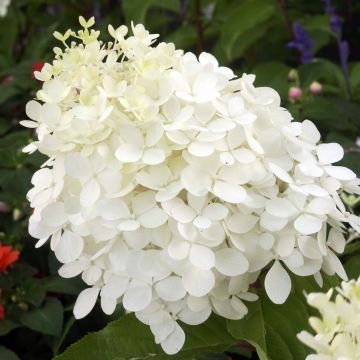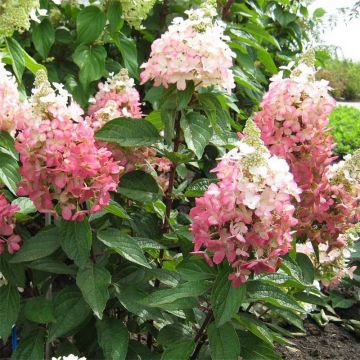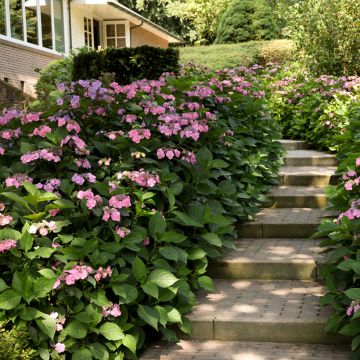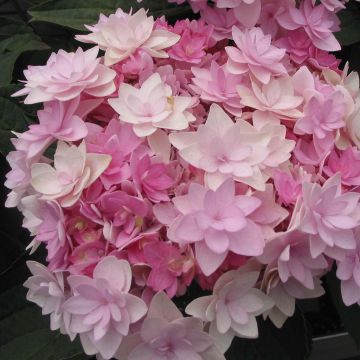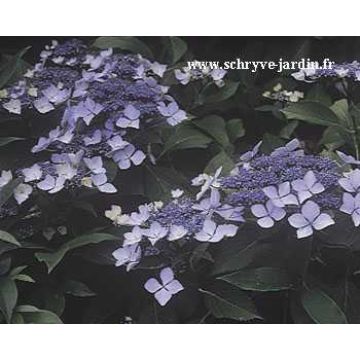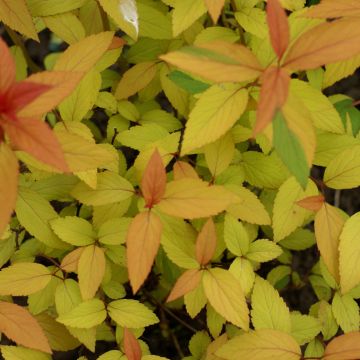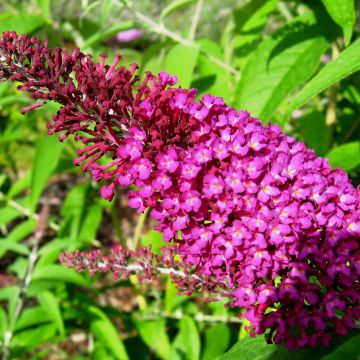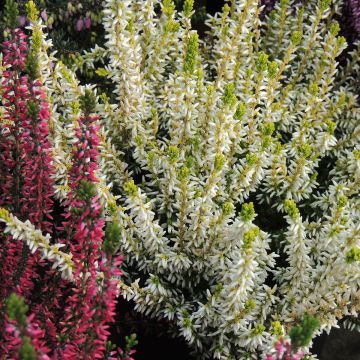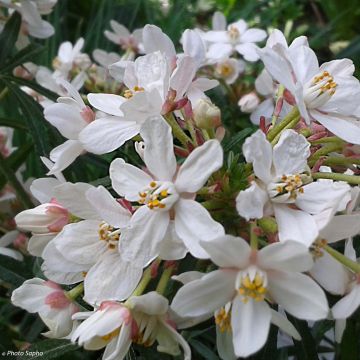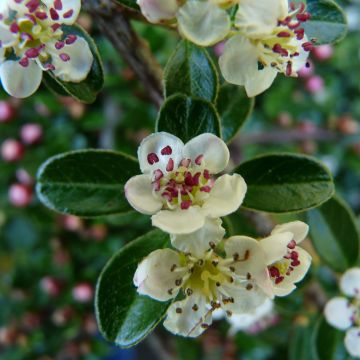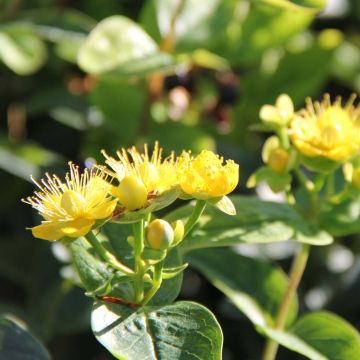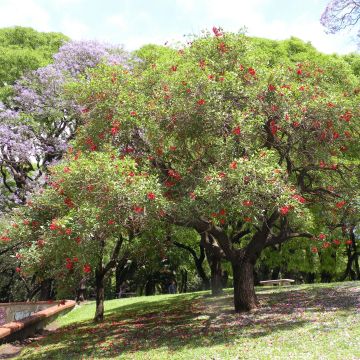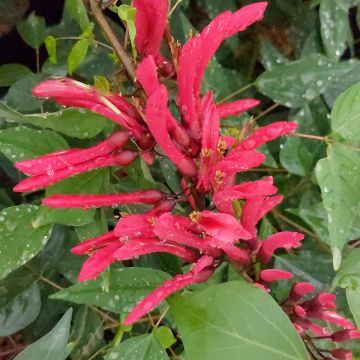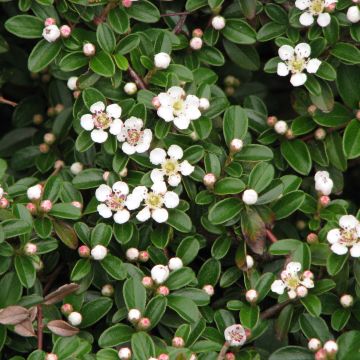Shipping country and language
Your country of residence may be:
Your country of residence is:
For a better user experience on our website, you can select:
Your shipping country:
Andorra
Austria
Belgium
Bulgaria
Canada
Chile
Croatia
Cyprus
Czechia
Denmark
Estonia
Finland
France
Germany
Greece
Hungary
Iceland
Ireland
Italy
Latvia
Lithuania
Luxembourg
Malta
Monaco
Netherlands
Poland
Portugal
Romania
Slovakia
Slovenia
Spain
Sweden
Switzerland
United Kingdom
We only deliver seed and bulb products to your country. If you add other products to your basket, they cannot be shipped.
Language:
French
German
Spanish
English
My Account
Hello
My wish lists
Plantfit
Log in / Register
Existing customer?
New customer?
Create an account to track your orders, access our customer service and, if you wish, make the most of our upcoming offers.
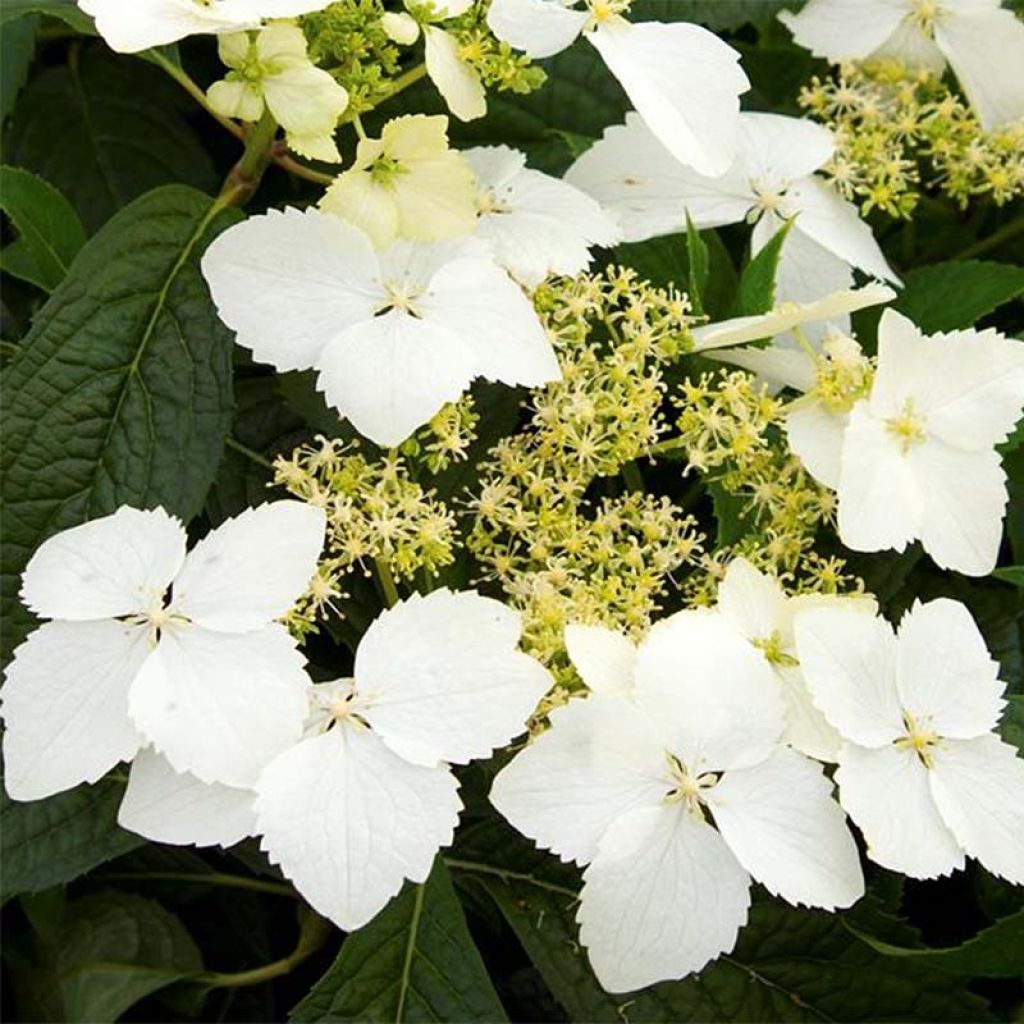

Hydrangea angustipetala Golden Crane
Hydrangea angustipetala Golden Crane
Hydrangea angustipetala Golden Crane
Narrow-petaled Hydrangea, Monlongshou
Despite watering and special care, everything we bought took root except for this one. It's a shame that it's so delicate.
Gilles, 29/08/2020
Why not try an alternative variety in stock?
View all →Order in the next for dispatch today!
Dispatch by letter from €3.90.
Delivery charge from €5.90 Oversize package delivery charge from €6.90.
More information
This item is not available in your country.
Schedule delivery date,
and select date in basket
This plant carries a 24 months recovery warranty
More information
We guarantee the quality of our plants for a full growing cycle, and will replace at our expense any plant that fails to recover under normal climatic and planting conditions.
From €5.90 for pickup delivery and €6.90 for home delivery
Express home delivery from €8.90.
Does this plant fit my garden?
Set up your Plantfit profile →
Description
The Hydrangea angustipetala Golden Crane, derived from seeds collected in the south of the Chinese province of Sichuan, is a truly different small hydrangea that is expected to make a remarkable entrance in gardens. Firstly, this variety is unique because of the wonderful honey and jasmine scent emitted by its flower heads Secondly, for the earliness and duration of its flowering, in light panicles where cream-white and pale chartreuse yellow blend together. And finally, for the elegance of its glossy willow-like foliage, narrow and toothed. This charming shrub that can perfume an entire area of the garden from June to September, is also accommodating and hardy, down to -10°C (14 °F). Give it a prominent place near a pathway or not far from the house, in partial shade and in rather moist soil.
Originating from Japan, China, and Taiwan, the Hydrangea scandens subsp. chinensis f. angustipetala is a wild hydrangea with variable characteristics in its natural habitat, with some ecotypes showing more or less significant development, deciduous to evergreen foliage in winter with varying colours, and more or less fragrant flowering. What sets this species apart from all others is the more or less yellow colour of the fertile flowers located in the centre of the flower heads. It is a shade or partial shade hydrangea that prefers rather moist but well-drained soil, hardy down to at least -10°C (14 °F). It belongs to the hydrangea family, being closely related to the big-leaved hydrangeas with ball-shaped inflorescences that need no introduction.
The 'MonLongShou' hydrangea, marketed under the name 'Golden Crane', is a magnificent form of this hydrangea selected in 2008 by Dan Hinckley (USA) for its fragrant flowers. Over time, it forms a small shrub with a compact and bushy habit. At maturity, it will reach approximately 1.10m (3 ft 7 in)-1.20m (3 ft 11 in) in height with a spread of 1m. This hydrangea develops rather dark, purplish-black stems. The flowering, early and prolonged, generally begins at the end of May, more or less early depending on the climate, on the previous year's branches. Then it continues until August-September, this time on the current year's shoots. In this species, the flower head, or corymb, is flat and 15 to 20 cm (5.9 to 7.9 in) wide. It consists of large sterile florets with 4 or 5 highly toothed petals in white with a small yellow centre, few in number, surrounding much smaller fertile flowers that range from golden yellow to pale chartreuse. The latter, much more numerous, resemble small buds that open into tiny flowers with prominent stamens. The delicious scent of the flowers attracts numerous pollinating insects as much as it charms the observer. The foliage of this hydrangea is deciduous, disappearing in winter. It is composed of elegant, narrowly lanceolate leaves with a pointed tip, measuring 8-10 cm (3.1-3.9 in) in length and 3-4 cm (1.2-1.6 in) in width, with strongly toothed edges. They are slightly shiny, dark green on the upper side, and marked with fairly deep veins.
Once well-established, this wonderful shrub requires very little care aside from regular watering in dry summers. It enjoys light shade or partial shade conditions and is content with properly prepared garden soil enriched with compost, preferably non-chalky. It will thrive in a bed alongside Sarcococca, Pieris, or Chinese Azaleas for example. The Hydrangea Golden Crane deserves a place not far from the house or a pathway, to fully enjoy its long fragrant flowering with every passing. It can also be placed at the edge of a grove or woodland. Its compact growth is well suited for container cultivation, to adorn the terrace.
Hydrangea angustipetala Golden Crane in pictures
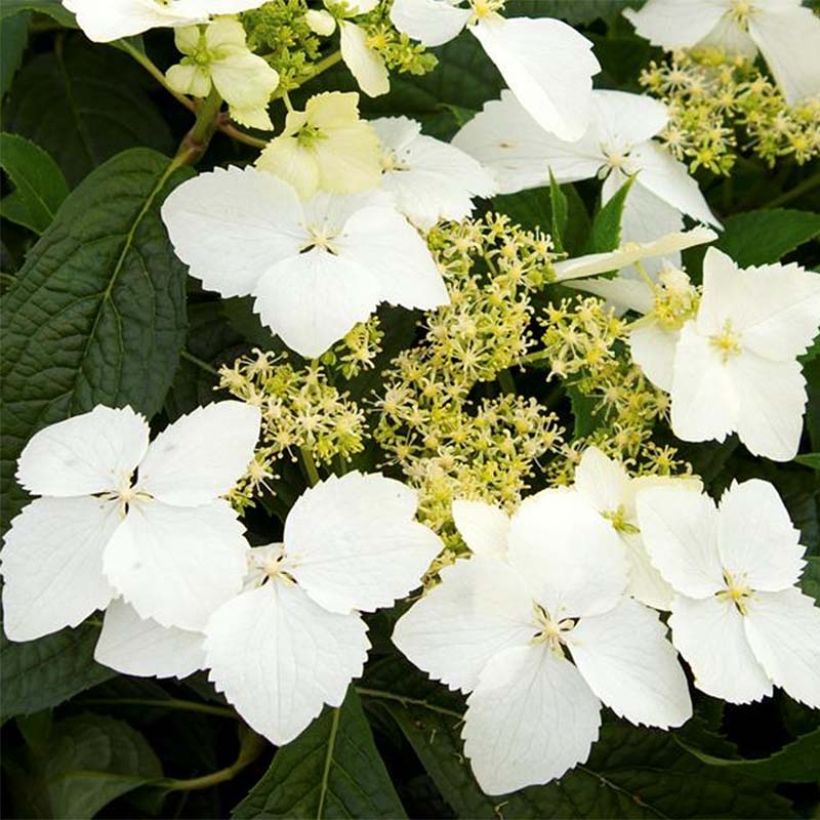

Plant habit
Flowering
Foliage
Botanical data
Hydrangea
angustipetala
Golden Crane
Hydrangeaceae
Narrow-petaled Hydrangea, Monlongshou
China
Other Hydrangeas A to Z
Planting and care
For optimal growth, plant your Golden Crane Hydrangea in a partially shaded area that is not too densely shaded. Dig a hole and fill it with a mixture of garden soil, leaf compost, and heath soil if your soil is limestone. This variety typically grows well in deep, well-drained, and relatively moist soil during the summer. Mix your soil with gravel and leaf compost if it is very clayey. Adding well-rotted manure or compost can also be beneficial. It's essential to water your plant generously at the time of planting and during the first two years following planting. It's also recommended to water occasionally during summer dry spells and mulch the base in hot regions.
Note that this hydrangea variety is unsuitable for pot cultivation due to its small growth habit. However, if you'd still like to grow it in a pot, use a large container with drainage holes at the bottom for water drainage. Add a drainage layer at the bottom of the pot (clay balls, pottery shards, etc.). To fill the pot, prepare a mixture of topsoil and leaf compost. Water regularly (preferably with rainwater or non-limestone water) and apply flowering shrub fertiliser in spring and summer.
Planting period
Intended location
Care
- , onOrder confirmed
Reply from on Promesse de fleurs
Summer-flowering shrubs
Haven't found what you were looking for?
Hardiness is the lowest winter temperature a plant can endure without suffering serious damage or even dying. However, hardiness is affected by location (a sheltered area, such as a patio), protection (winter cover) and soil type (hardiness is improved by well-drained soil).

Photo Sharing Terms & Conditions
In order to encourage gardeners to interact and share their experiences, Promesse de fleurs offers various media enabling content to be uploaded onto its Site - in particular via the ‘Photo sharing’ module.
The User agrees to refrain from:
- Posting any content that is illegal, prejudicial, insulting, racist, inciteful to hatred, revisionist, contrary to public decency, that infringes on privacy or on the privacy rights of third parties, in particular the publicity rights of persons and goods, intellectual property rights, or the right to privacy.
- Submitting content on behalf of a third party;
- Impersonate the identity of a third party and/or publish any personal information about a third party;
In general, the User undertakes to refrain from any unethical behaviour.
All Content (in particular text, comments, files, images, photos, videos, creative works, etc.), which may be subject to property or intellectual property rights, image or other private rights, shall remain the property of the User, subject to the limited rights granted by the terms of the licence granted by Promesse de fleurs as stated below. Users are at liberty to publish or not to publish such Content on the Site, notably via the ‘Photo Sharing’ facility, and accept that this Content shall be made public and freely accessible, notably on the Internet.
Users further acknowledge, undertake to have ,and guarantee that they hold all necessary rights and permissions to publish such material on the Site, in particular with regard to the legislation in force pertaining to any privacy, property, intellectual property, image, or contractual rights, or rights of any other nature. By publishing such Content on the Site, Users acknowledge accepting full liability as publishers of the Content within the meaning of the law, and grant Promesse de fleurs, free of charge, an inclusive, worldwide licence for the said Content for the entire duration of its publication, including all reproduction, representation, up/downloading, displaying, performing, transmission, and storage rights.
Users also grant permission for their name to be linked to the Content and accept that this link may not always be made available.
By engaging in posting material, Users consent to their Content becoming automatically accessible on the Internet, in particular on other sites and/or blogs and/or web pages of the Promesse de fleurs site, including in particular social pages and the Promesse de fleurs catalogue.
Users may secure the removal of entrusted content free of charge by issuing a simple request via our contact form.
The flowering period indicated on our website applies to countries and regions located in USDA zone 8 (France, the United Kingdom, Ireland, the Netherlands, etc.)
It will vary according to where you live:
- In zones 9 to 10 (Italy, Spain, Greece, etc.), flowering will occur about 2 to 4 weeks earlier.
- In zones 6 to 7 (Germany, Poland, Slovenia, and lower mountainous regions), flowering will be delayed by 2 to 3 weeks.
- In zone 5 (Central Europe, Scandinavia), blooming will be delayed by 3 to 5 weeks.
In temperate climates, pruning of spring-flowering shrubs (forsythia, spireas, etc.) should be done just after flowering.
Pruning of summer-flowering shrubs (Indian Lilac, Perovskia, etc.) can be done in winter or spring.
In cold regions as well as with frost-sensitive plants, avoid pruning too early when severe frosts may still occur.
The planting period indicated on our website applies to countries and regions located in USDA zone 8 (France, United Kingdom, Ireland, Netherlands).
It will vary according to where you live:
- In Mediterranean zones (Marseille, Madrid, Milan, etc.), autumn and winter are the best planting periods.
- In continental zones (Strasbourg, Munich, Vienna, etc.), delay planting by 2 to 3 weeks in spring and bring it forward by 2 to 4 weeks in autumn.
- In mountainous regions (the Alps, Pyrenees, Carpathians, etc.), it is best to plant in late spring (May-June) or late summer (August-September).
The harvesting period indicated on our website applies to countries and regions in USDA zone 8 (France, England, Ireland, the Netherlands).
In colder areas (Scandinavia, Poland, Austria...) fruit and vegetable harvests are likely to be delayed by 3-4 weeks.
In warmer areas (Italy, Spain, Greece, etc.), harvesting will probably take place earlier, depending on weather conditions.
The sowing periods indicated on our website apply to countries and regions within USDA Zone 8 (France, UK, Ireland, Netherlands).
In colder areas (Scandinavia, Poland, Austria...), delay any outdoor sowing by 3-4 weeks, or sow under glass.
In warmer climes (Italy, Spain, Greece, etc.), bring outdoor sowing forward by a few weeks.
